South African Mantis Facts
- This intimidating predator of the insect world most frequently goes by the informative common name of the South African Mantis. Yet, the amazing invertebrate also has several other general titles. These terms include such terms as springbok mantis and cape mantis.
- Still other informal labels exist for this fantastic creation of Nature and evolution, though. These other terms include African Praying Mantis and Common Green Mantis. All of these names very often get used interchangeably, depending on the region and context.
- Within the scientific community, however, it’s perhaps far better known by its entirely technical designation. Thankfully, that’s a comparatively simple one for the layperson to pronounce. That’s because the biological marvel holds the formal moniker of Miomantis caffra.
- It received that particulaar epithet due to the efforts of Henri Louis Frédéric de Saussure. The highly respected French entomologist accomplished the first formal recognition of it as a separate and distinct species. He achieved that scientifically noteworthy feat in the year 1871.
- Fortunately, the remarkable South African Mantis appears to be maintaining a wild population base that’s both stable and sufficient. That pleasant state also seems to hold true across its entire range. The IUCN therefore does not currently show it on its published Red List.
- The creature nonetheless still faces multiple potential threats to its continued existence as a species, at least. In this regard, it’s imperiled by the same dangers as all forms of life on earth today. High among these stands the dual threat of habitat loss and climate change.
Related Articles
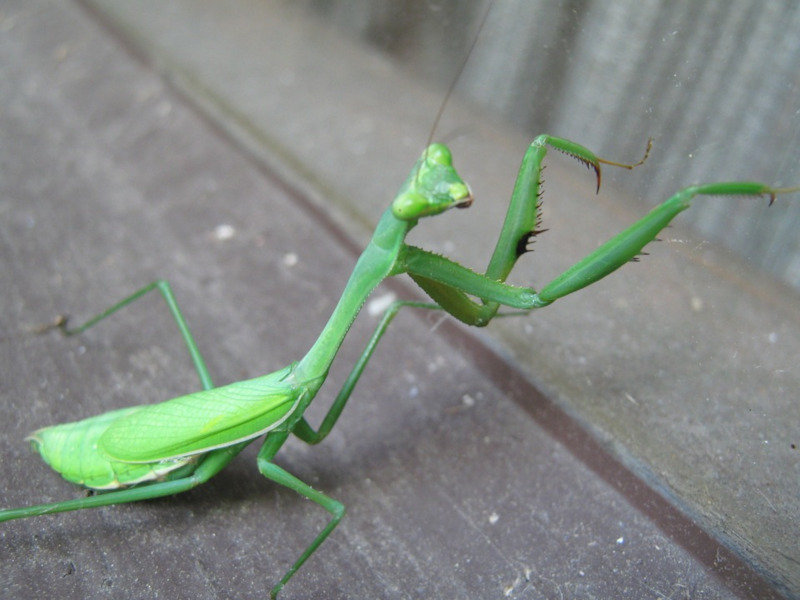
European Mantis
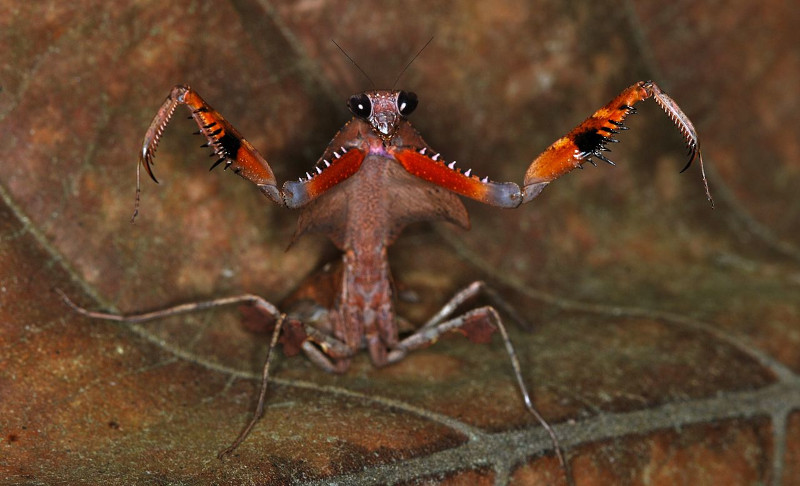
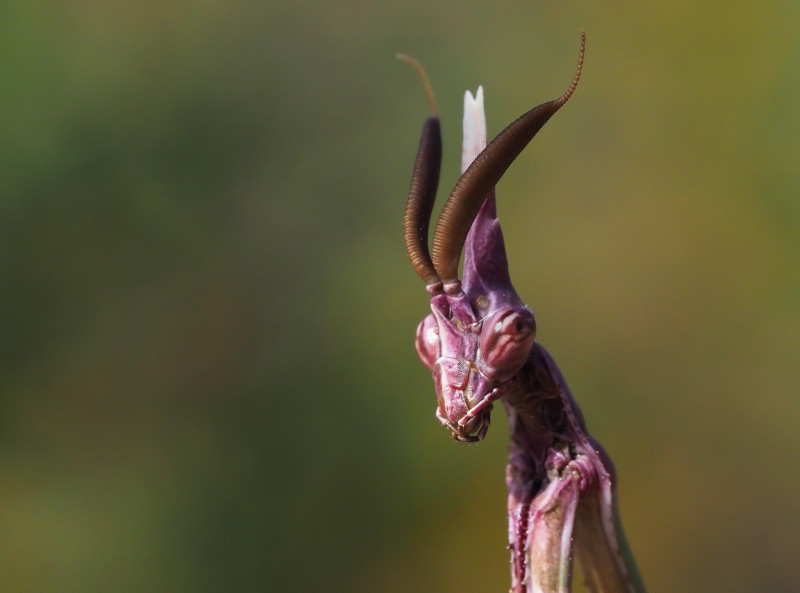
South African Mantis Physical Description
Like so many of its multitudinous relatives found around the world, the South African Mantis generally mesmerizes those individuals who encounter it. Unlike some of those kin, though, it doesn’t do so due to impressive statistics. That’s because it ranks as a medium-sized mantid.
Regarding its appearance, however, the invertebrate also follows the pattern common to many creatures, including those above-referenced relations. That’s in the fact that it displays a certain degree of the physiological characeristic of sexual dimorphism. This manifests in sheer size.
More precisely, as holds true for most mantises, the female of this awesome species attains a larger average size than her male counterpart. For her, a mean body length equals roughly somewhere between 1.6 – 2.4 in (4 – 6 cm). Males, meanwhile, only average about 1.2 – 1.6 in (3 – 4 cm).
Again maintaining the pattern common to its kind, this Arthropod possesses an extremely elongated body shape. Its abdomen evolved as segmented, and the females often display a significantly more rounded and fuller structure there, compared to the much slimmer abdomen of the males.
The head of the intriguing insect also displays the fully typical triangular form, with large, prominent compound eyes. These provide it with excellent vision, which aids in hunting. It also developed relatively long, thin antennae. Males typically manifest much longer versions than females.
It also possesses a long, slender thorax, allowing for extreme flexibility and a very wide range of motion for the front limbs. The front legs evolved as raptorial appendages, equipped with sharp spines for capturing prey. The middle and hind legs grew longer, useful for movement and balance.
The coloring of the gorgeous South African Mantis aids in its camouflage within its habitat. The most common color consists of green, but individuals also occasionally present brown or yellow-green. Juveniles often show much more vivid colors, that slowly dull as they mature.
The genders of this wonder of Nature also differ in terms of their wings. Females typically have shorter wings that do not fully cover the abdomen, and they’re therefore usually incapable of flight. Males, however, have longer wings that extend past the abdomen, making them capable of flight.
- Kingdom: Animalia
- Phylum: Arthropoda
- Class: Insecta
- Order: Mantodea
- Family: Miomantidae
- Genus: Miomantis
- Species: M. caffra
South African Mantis Distribution, Habitat, and Ecology
The beautiful South African Mantis evolved as indigenous to only a moderate portion of the surface of the earth. The exact location of that specific zone of habitation’s rather obvious, however, given its common name. As indicated, it’s apparently mainly native to the country of South Africa.
That’s not quite the only region of the magnificent continent of Africa that this evolutionary wonder appears in, though. That’s because it’s also found in at least two other nations in the southern section of the overall landmass. These areas consist of the countries of Botswana and Zimbabwe.
Now, unfortunately, it’s been introduced by human actions into Australia and New Zealand, as well. This occurred in the 1970’s. The invertebrate’s now moderately widespread across the North Island, especially around Auckland, and reports also place the insect in parts of the South Island.
Advantageously, Nature provided this spectacular mantid with an impressively high degree of adaptability regarding its choice of habitat. It’s therefore found living within a wide variety of these. It nonetheless does demonstrate certain clear preferences for a few very specific types, of course.
In its native range, it’s often found in areas consiting of open grasslands and shrublands, where it easily camouflages among vegetation and ambushes prey. It’s also present in wooded areas, where the diverse plant life provides ample opportunities for hunting and hiding from predators.
Despite its comparatively small size, this amazing product of Nature and evolution plays an intriguing role in all the various ecosystems it inhabits. This impressive statistic further holds true both within its native range and in all regions where it’s now been introduced by the actions of man.
As a mantid, the South African Mantis also evolved as a pure carnivore, like is many kindred. It hunts as a sit-and-wait predator, relying on its excellent disguise to conceal it from its prey. It remains entirely motionless, often in a prayer-like posture, until prey comes within striking distance.
Its diet primarily consists of various small, locally prevalent insects such as flies, moths, crickets, and other small arthropods. Larger individuals sometimes also prey on very small vertebrates like lizards or even other mantises. This occasionally even extends to members of its own species.
Following the mating process itself, the females subsequently lay multiple eggs within a foam-like structure called an ootheca. This quickly hardens to protect the developing embryos. The structure also possesses the ability to be attached to various surfaces like plant stems or even walls.
Sexual cannibalism represents a common occurrence in this species, with females sometimes consuming the males after or sometimes even during the mating process. It’s thought by some that this behavior possibly provides certain nutritional benefits to the female, aiding in egg production.
Species Sharing Its Range

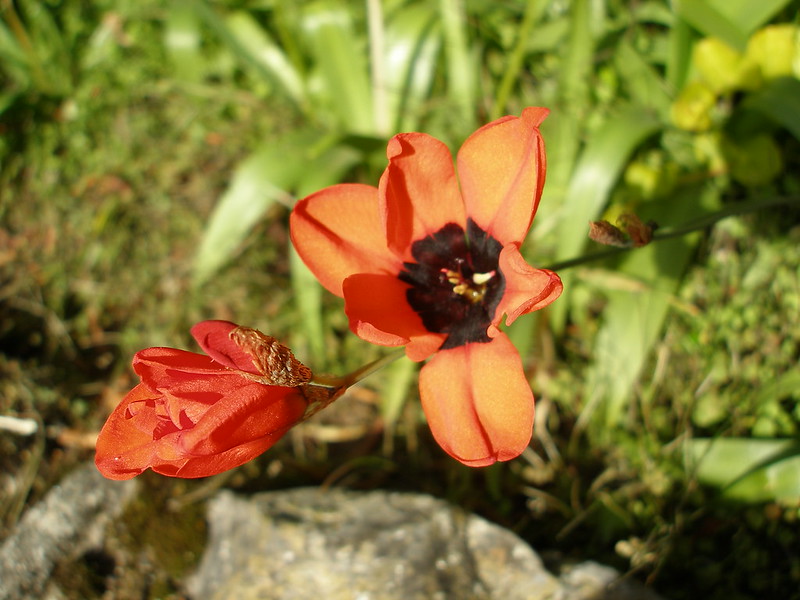
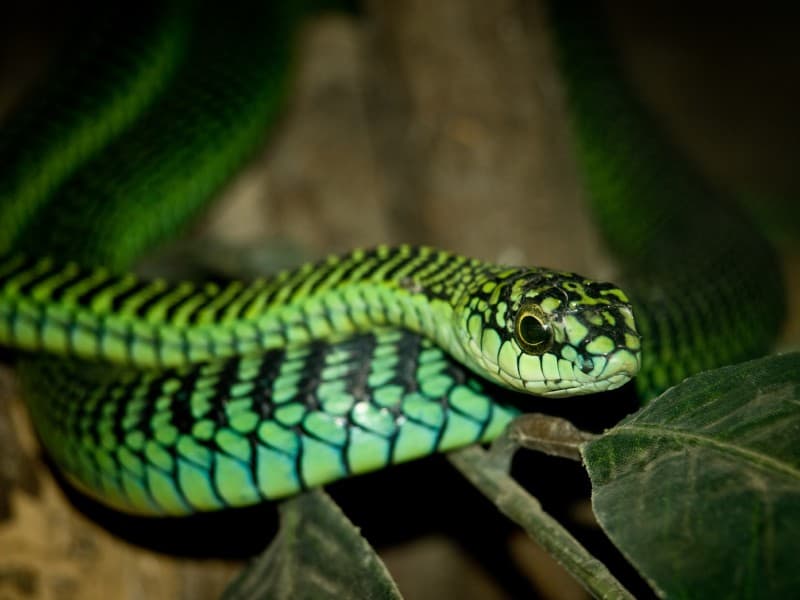
Check out our other articles on 5 Marvelous Mammals of Canada, North Atlantic Right Whale, Blood Falls, Apple-of-Peru, Weedy Seadragon, Hellbender Salamander, Jewelled Gecko
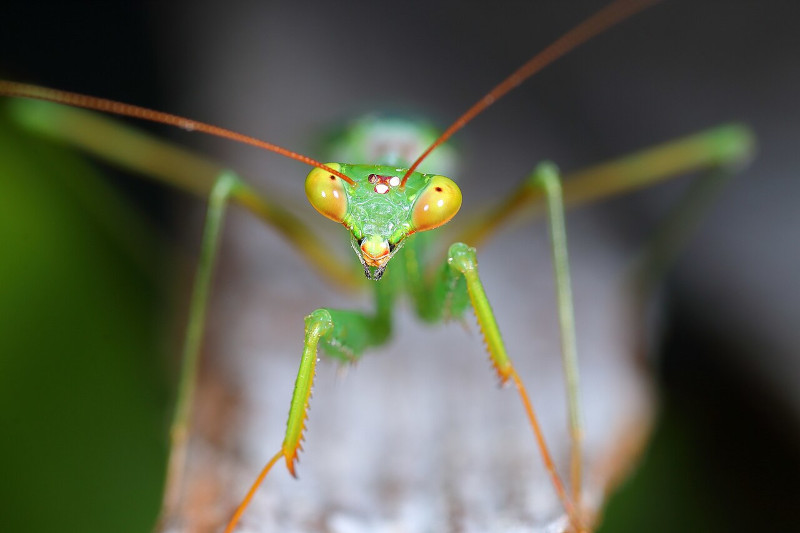
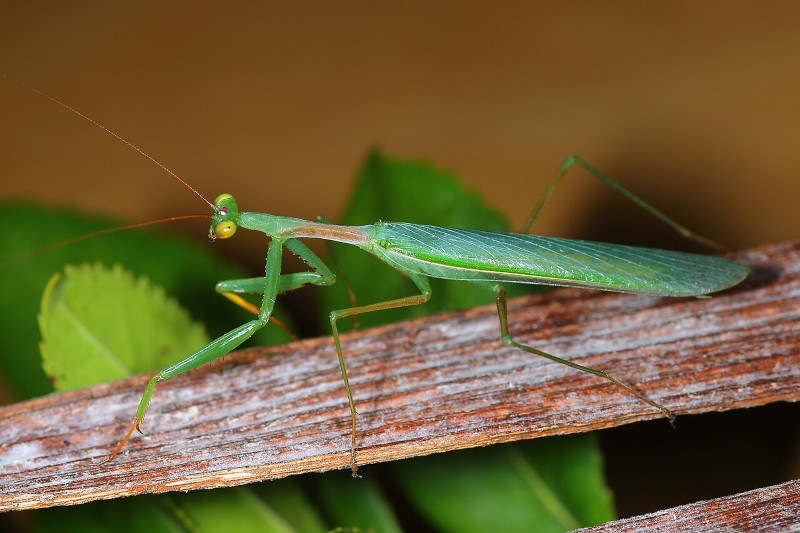
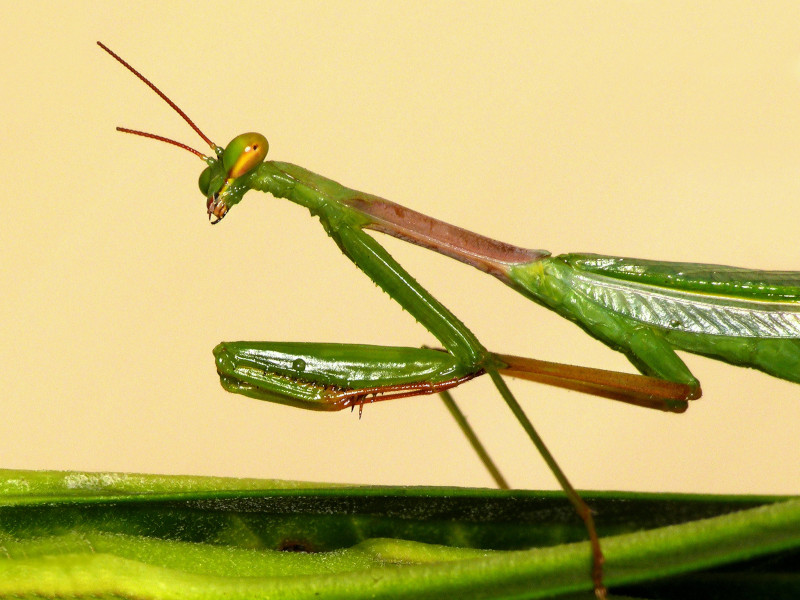









Leave a Reply